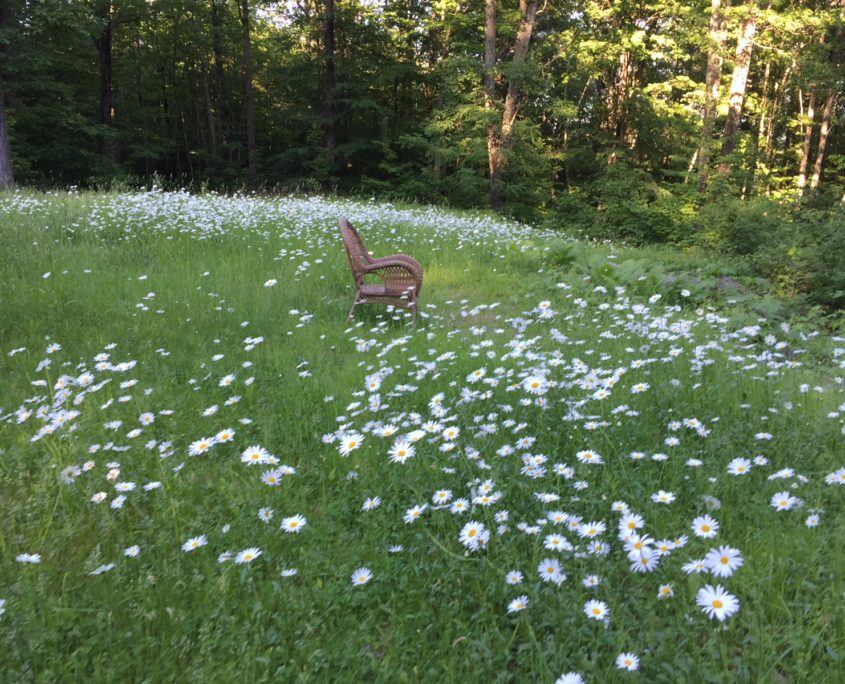The Connection and Direction of Purpose: More of What You’ll Find Inside The Art of Strength-A Look at Chapters 5 & 6
The BodyLogos Philosophy: Now In Book/Video Form!
Whether you’re a visual, aural or verbal learner, you’ll discover how to
release tension and build strength.

The Connection and Direction of Purpose:
More of What You’ll Find Inside The Art of Strength-A Look at Chapters 5 & 6
Have you ever looked up to the sky and wondered, What is the meaning of it all? Why am I here; what’s my purpose?
I’m not a fan of labeling the asking of these questions an “existential crisis,” as I don’t believe this kind of curiosity is a crisis at all. In fact, these moments of inquisitiveness and reflection, of recognizing that there’s something bigger than ourselves out there at play, are absolutely necessary and vital to a meaningful existence.
The Universe has a great deal to teach us about our inner selves and outer world. When we deeply connect to our purpose and regularly make the necessary adjustments to continue to move with purpose in our lives, we are actively participating in Universal well-being.
In fact, a fundamental principle of Tao is that every individual is a microcosm of the Universe.
Like the Universe, you are an energy system comprised of energy orbits and connections that keep you alive and in motion. BodyLogos aims to align the inner momentum of our individual energy system with that of the vast Universe. This alignment connects us to a meaningful intersection—the unique purpose of our human journey.
And that’s what these two chapters in my new book The Art of Strength: Sculpt the Body ~ Train the Mind are all about: connection and direction.
They help you dig deeper into the newfound understanding of alignment you gained from earlier chapters and discover balance. You learn that bone stillness and muscle movement manage energy flow. You are guided to experience skeletal alignment and muscular balance as two distinct systems that, when managed separately, allow holding patterns (tension) trapped between them to dissolve. Furthermore, you learn to create a more complementary relationship between them that replenishes vital energy.
Strength lies in efficiently bringing your energy back to its origin point—your Dan Tien—to synchronize your bones and muscles, and create the same restorative momentum observed out there in the solar system. This universal synchronization joins the relationship you have with yourself to your relationship with the world at large. In that connection, you gain a call-to-action. You plan the direction you want to take in life… and train for it in the gym!
Through chapters 5 and 6, discover:
The book gives you exclusive access to videos that help visually guide you through these exercises.
- How to experience equipoise, the “how-to” to peace of mind, the stillness in the middle of motion
- How to differentiate between tension and strength and distinguish energy movement from physical movement to replenish and reinforce your vitality
- How the 5-Element Theory can balance your workouts and help you find your focus and achieve your goals
Strength training workouts are your opportunity to practice balanced energy. You lay a foundation that cuts through the negative self-talk and regularly relates you with an inner-authority that strengthens your understanding and commitment to create the life you want. You use your workouts to recognize a life goal and stay connected through its fruition!
My wish for you is that as you experience greater depth within your own vital energy, you will experience greater depth in your connection with the world.
The beauty of BodyLogos is that it involves you in an inner exploration of your own authenticity as it relates to the world around you. It inspires you to connect with a workout challenge to connect better with a life challenge. It builds a relationship with your Spirit Self that recognizes you are an integral part of all of Creation.
Your efforts to enlighten yourself are efforts to enlighten the world.
Get your copy of The Art of Strength: Sculpt the Body ~ Train the Mind today!
Balboa Publishing
with a 5% gift to Safe Horizons




 Meditation may be seen as a do nothing discipline, but non-doing is by no
Meditation may be seen as a do nothing discipline, but non-doing is by no




 My mom always says, “If you can read you can do anything.”
My mom always says, “If you can read you can do anything.”
 Giving Rise to a Revolutionary Voice
Giving Rise to a Revolutionary Voice


 Live in the sweet spot of your strength.
Live in the sweet spot of your strength.


 A How-To for Targeting Tension and Standing Strong:
A How-To for Targeting Tension and Standing Strong: